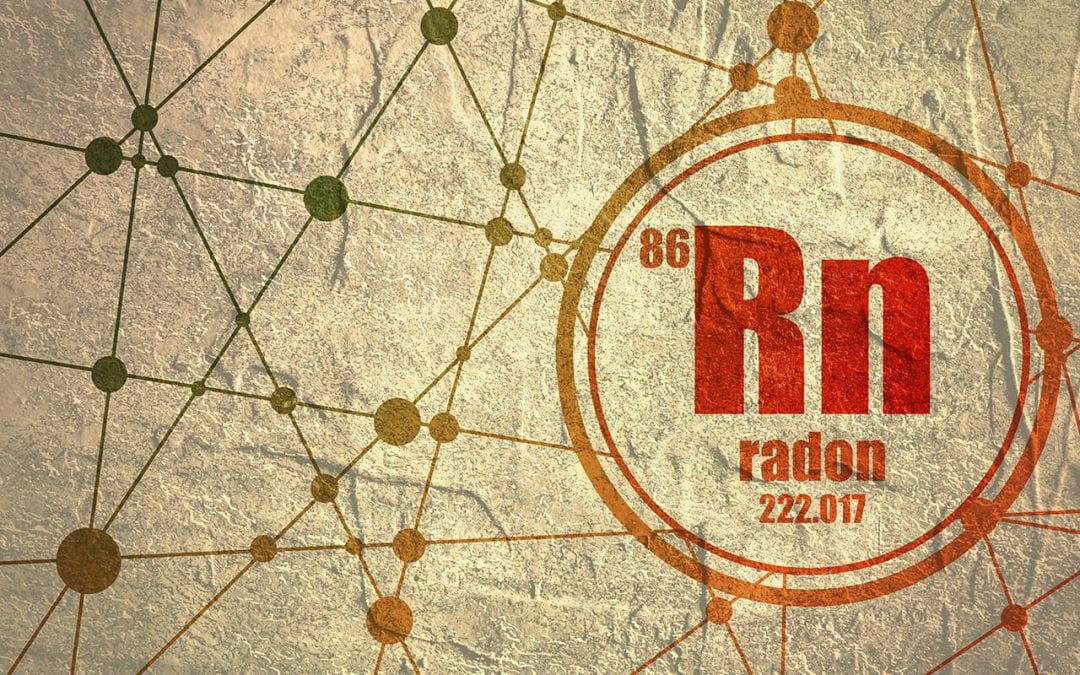If you are concerned about high levels of radon in your home, there is a good reason to be. While many people are not familiar with the dangers of radon or with the possibility that it could be in their homes, others may know someone who radon has affected. Perhaps you have read about this critical risk and want to learn more about the problem. The only way to accurately determine if radon in your home has reached an unsafe level is through professional testing. If testing reveals that the radon levels are high in your home, you should take immediate steps to remove it.
The Dangers of High Levels of Radon in Your Home
The most significant risk associated with having high levels of radon in your home is lung cancer. Radon is a carcinogenic gas that is cannot be tasted, seen, or smelled. Direct exposure to radon gas does not create acute or immediate symptoms. Instead, as you continue to breathe in this radioactive gas, your risk for developing lung cancer increases. These are the steps you must take if you believe that you have high levels of radon in your home.
1. Determine the Severity of the Problem
You should be aware that there is no established safe level of radon. Any exposure can increase your chance of developing lung cancer. Children may be more sensitive to radon gas than adults. Professional radon testing will accurately tell you the levels of radon in your home. A level of 4 picocuries per liter requires mitigation.
2. Identify the Points of Entry
Radon drifts upward through the soil, so it typically enters homes through tiny entry points throughout the lower level of the home. This may be something as small as a crack in the foundation or damaged seals around water or natural gas pipes. To prevent radon gas from entering the home, it’s important to identify and seal these points of entry.
3. Improve Ventilation
Radon gas accumulates in homes over time, exposing you and your loved ones to unsafe levels of this carcinogenic gas. One reason why gas remains trapped is that it continues to enter the home from the lower level and it cannot escape through the upper level of the home. Many homes are well-sealed for energy efficiency and lack proper ventilation to remove radon and other types of indoor air pollution. Improving ventilation is essential to remove radon from the home.
4. Hire a Certified Radon Mitigator
While you could try to remove high levels of radon in your home on your own, it is not recommended. The best plan is to hire a certified radon mitigator. Specific technology and strategies must be used to remove the gas from the home and to prevent more gas from entering. When the wrong techniques are used, you could unintentionally worsen the problem by drawing more gas into the home.
Regardless of where you live, high levels of radon in your home can be a serious and legitimate concern. Now is the right time to schedule a radon test. Be sure to repeat the test periodically to make sure radon levels don’t increase over time.
VA Inspect provides professional radon testing to Central and Southern Virginia. Choose a time on our scheduling calendar to book an appointment for radon testing or our inspection services.

